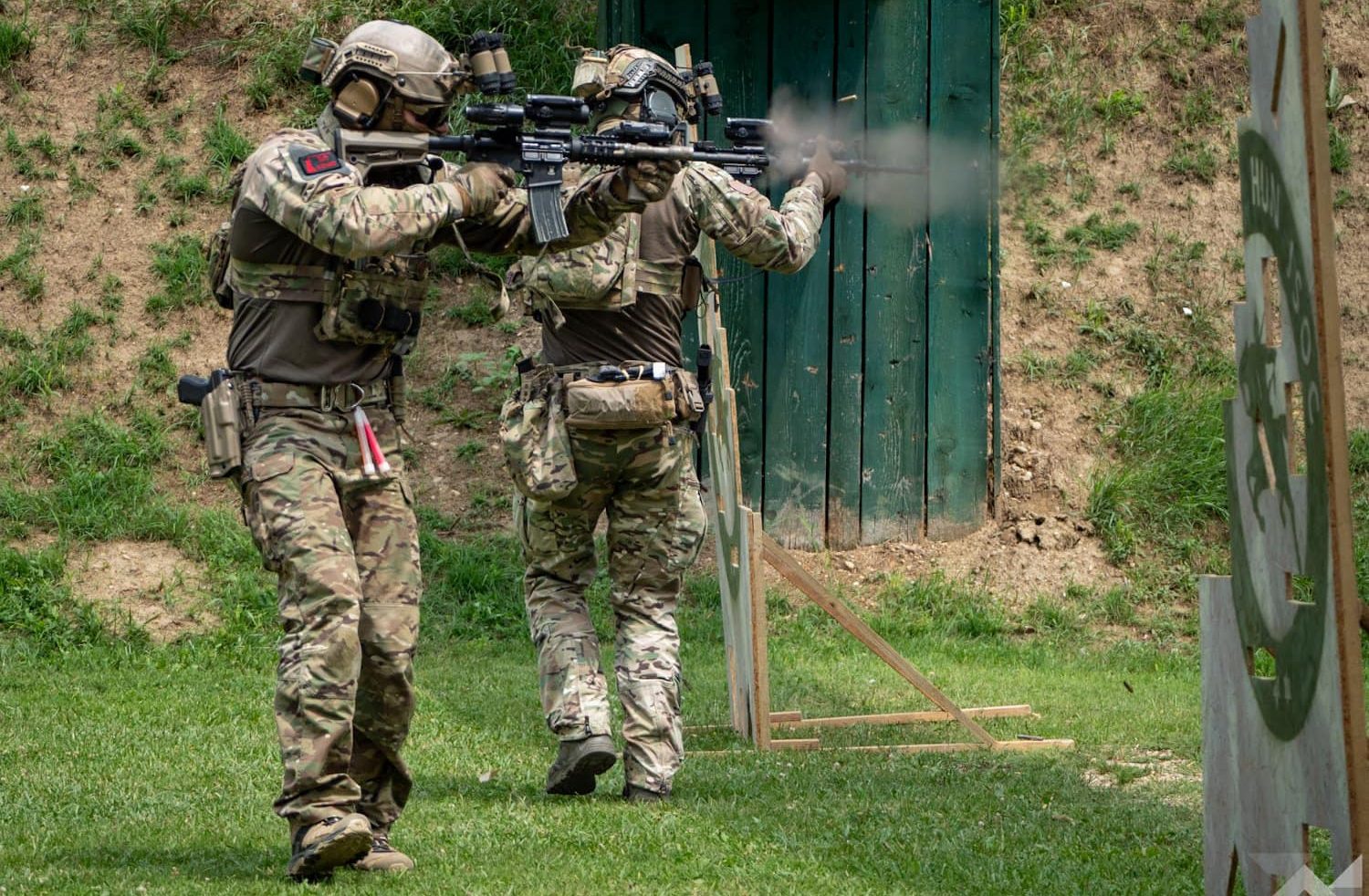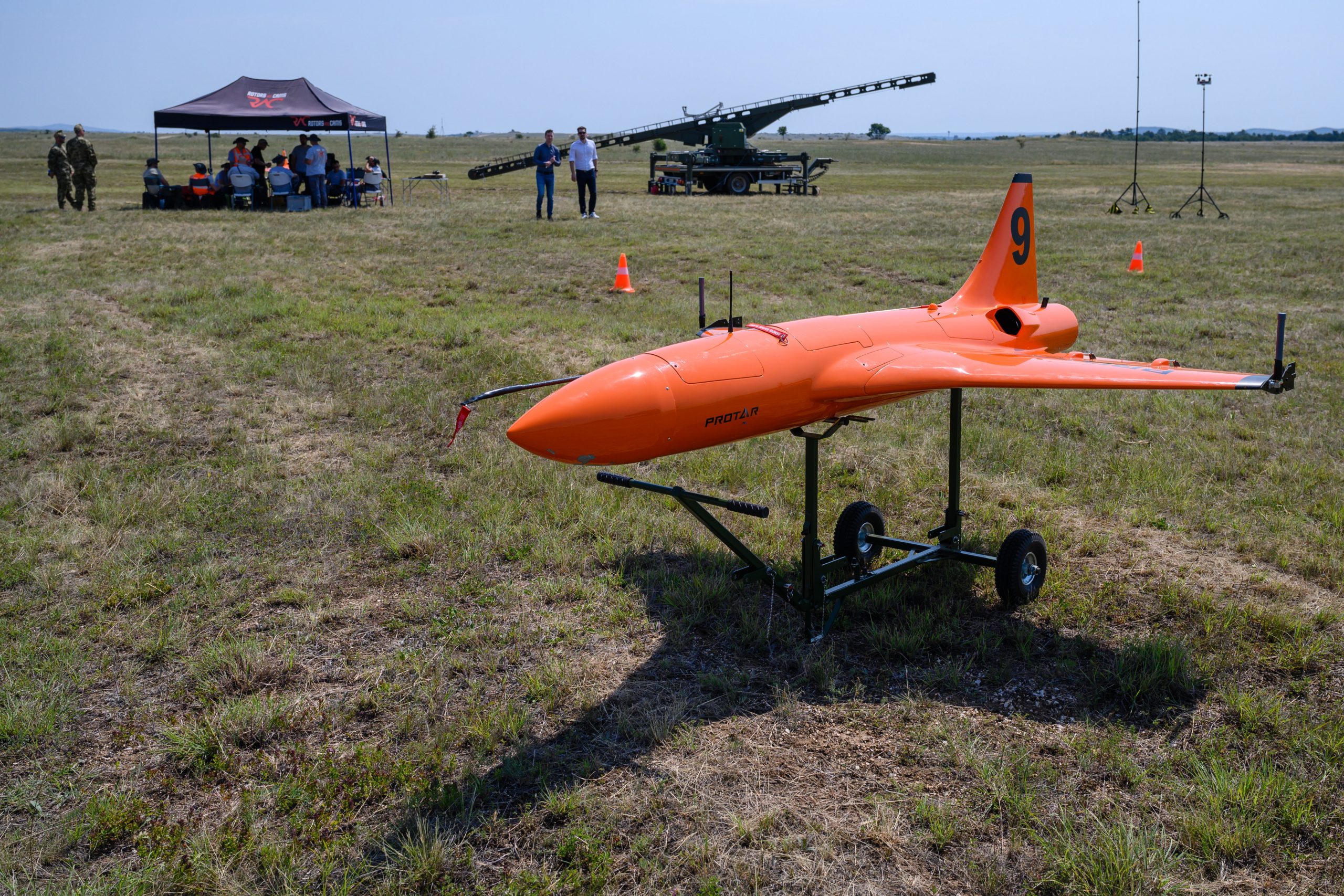
Germany issued arms export licenses worth 1.02 billion euros to Hungary.Continue reading

The development of military forces can only be successful if we build up the Hungarian defense industry, the Minister Commissioner for Defense Innovation stressed at the official presentation of the Hungarian-developed unmanned aerial vehicle.
Imre Porkoláb stressed that the ProTAR jet-propelled drone was developed specifically for military use, and the unmanned aerial system is intended to improve the air defense capabilities of the Hungarian army. The new technology can also prove itself on the international market, he added.
He said the
new development is a milestone in the renewal of the defense forces, and is cheaper and more powerful than its predecessors.

Photo: MTI/Vasvári Tamás
The developments in the defense industry contribute to the development of a wide range of devices and technologies for everyday use, and thus also have an impact on our everyday lives, he said, citing the use of the internet as an example.
Imre Porkoláb pointed out that
in the current international context, airspace protection is of paramount importance, and the use of drones is becoming increasingly important.
Zsolt Molnár, CEO of Rotors & Cams Zrt., the company carrying out the development, said that the 68-kilogram drone can fly at speeds of up to 500 km/h in formation, and can simulate attack aircraft in real conditions. The drone can fly at an altitude of 6,000 meters, with an operating time of 60 minutes and a communication range of up to 75 kilometers. The equipment consists of three parts: the aircraft, the catapult and the ground control station.
The drone act as a decoy target during live and training firing of air defense systems as a target vehicle. The air defense unit using the device must hit the drone during a simulated alert. A variety of readiness situations can be simulated by the drone without the use of high value aircraft.
The development will radically reduce the material and human risks and implementation costs of air defense exercises.
The device can be air-launched in a short time from a launch pad, also developed in Hungary. The repetition time of the catapult launch does not exceed two minutes. In addition to the aircraft and the catapult, the third part of the equipment is the ground control station, consisting of nine people.
Featured photo via MTI/Vasvári Tamás